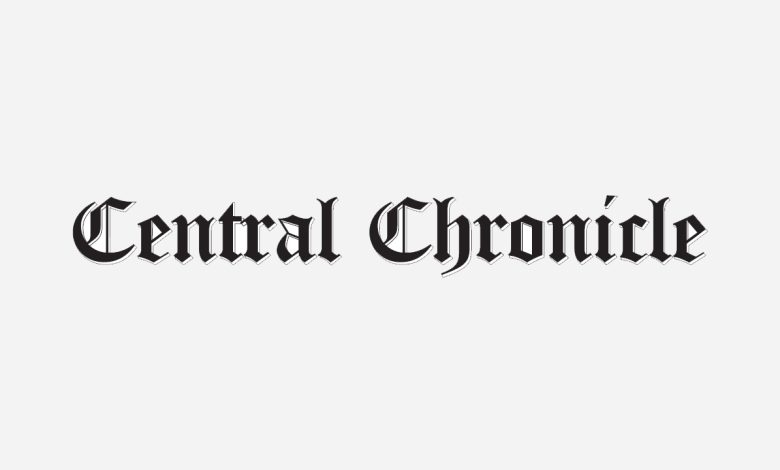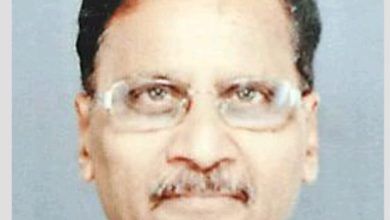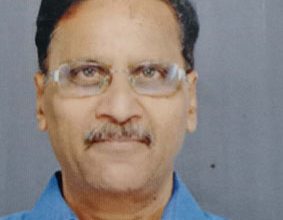The Looming Healthcare Crisis in India
World Health Day, April 7

Dr. Satyawan Saurabh
India is facing a critical healthcare crisis with a severe shortage of doctors and medicines. The ratio of allopathic doctors to people stands at an alarming one for every 10,000 individuals, while there is only one government hospital for 90,000 people. The lack of access to skilled medical professionals has left innocent and illiterate patients vulnerable to exploitation by untrained or semi-skilled paramedics. In many rural setups, doctors are seldom available, leaving patients to fend for themselves during emergencies. These patients are then referred to tertiary care hospitals, where they often fall prey to fraudulent middlemen and health workers. Moreover, the non-availability of basic medicines continues to be a persistent problem, further exacerbating the situation. Many rural hospitals also suffer from a significant shortage of nurses, which makes it difficult to provide adequate care to patients. The dire state of rural healthcare in India is a ticking time bomb, and urgent measures need to be taken to address this crisis before it’s too late.
World Health Day, April 7, provides an opportunity to focus the world’s attention on a health problem or issue that deserves special attention. There is an acute shortage of medical staff, infrastructure, and last-mile connectivity in rural areas in the country. 78% of doctors serve urban India (30% of the population). made worse by severe shortfalls in the supply of services (human resources, hospitals, and diagnostic centers in the private/public sector) and grossly unequal availability between and within states. For example, even a well-positioned state like Tamil Nadu has a more than 30% shortage of medical and non-medical professionals in government facilities. 61% PHCs have only one doctor, while about 7% are functioning without any, 33% PHCs do not have a lab technician, and 20% do not have a pharmacist.
Nearly 50% of all government doctors’ posts are lying vacant in many states. India’s expenditure on the health sector has increased from 1.2 percent of GDP in 2013-14 to 4 percent in 2017-18. The National Health Policy 2017 had targeted this to be 2.5% of GDP. There is neither a real increase in the health budget nor a policy to strengthen the public/private sector in deficit areas. While Ayushman Bharat provides portability, one should not forget that it will take time to set up hospitals in areas with shortages. This in turn may attract patients to the southern states, which have a comparatively better healthcare infrastructure than the rest of India. As seen recently, there are doubts about the capacity of India’s infrastructure to handle the additional load of patients during a pandemic like COVID-19. Medical tourism (foreign tourists/patients) is on the rise as a policy promoted by the government, and so are domestic patients, both insured and uninsured.
Only 11% of sub-centers, 13% of primary health centers, and 16% of community health centers in rural India meet Indian public health standards. There is only one allopathic doctor available for every 10,000 people and one government hospital for 90,000 people. Innocent and illiterate patients or their relatives are exploited. Most centers are run by unskilled or semi-skilled paramedics and doctors are rarely available in rural setups. Patients when in an emergency are referred to tertiary care hospitals where they become more confused and easily duped by a bunch of health workers and middlemen. Non-availability of basic medicines is a persistent problem in India’s rural healthcare. In many rural hospitals, the number of nurses is much less than required.
Given the country’s crumbling public health infrastructure, most patients are forced to go to private clinics and hospitals. There is a shortage of PHCs (22%) and sub-health centers (20%), while only 7% of sub-health centers and 12% of primary health centers meet the criteria of the Indian Public Health Standards (IPHS). The northern states hardly have any sub-centers and primary health centers are practically non-existent. The connectivity of the first mile from the primary health center has been broken. For example, in Uttar Pradesh, there is one PHC for every 28 villages. About 70 percent of health services in India are provided by the private sector. If private healthcare collapses due to economic constraints or other factors, India’s entire healthcare system could collapse. More than 70 percent of the total health expenditure is done by the private sector. However, there is not enough presence of private hospitals in Tier-2 and Tier-3 cities and there is a trend towards super specialization in Tier-1 cities.
The government has launched several policies and health programs but the success has been only partial. The National Health Policy 2002 proposed to increase government spending on health to two to three percent of gross domestic product (GDP) by 2010, which has not happened yet. Now, the National Health Policy 2017 proposes to take it to 2.5 percent of GDP by 2025. The overall situation with India’s flagship program in primary health care, the National Health Mission, remains dismal. The share of NHM in the health budget fell from 73% in 2006 to 50% in 2019, as there was no uniform and substantial increase in health spending by states. There are many determinants for better health such as better drinking water supply and sanitation; improved nutrition outcomes, health, and education for women and girls; Better air quality, and safer roads that are outside the purview of the Ministry of Health.
(Writer is Research scholar, poet, freelance journalist and columnist, All India Radio and TV panelist. Views are personal)






